What will you do different this year?
fishrmann
21 years ago
Related Stories

KITCHEN DESIGNGet Ideas From This Year’s Top 20 Kitchen Tours
Smart storage, functionality for cooks and families, vintage touches and lots of personality mark your favorites of 2015
Full Story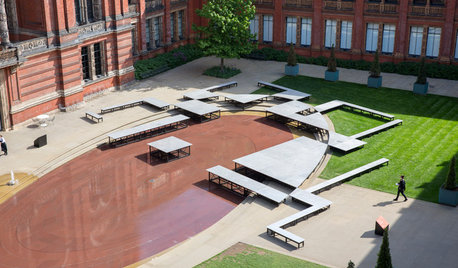
EVENTSPreview Some Captivating Art in This Year’s London Design Festival
The Victoria and Albert Museum’s LDF exhibits are about reflection, wearable art, tiny insects and lots of Swarovski crystals
Full Story
COLORBest Ways to Use This Coral Color of the Year
Sherwin-Williams goes for a preppy pop of color in its paint pick for 2015
Full Story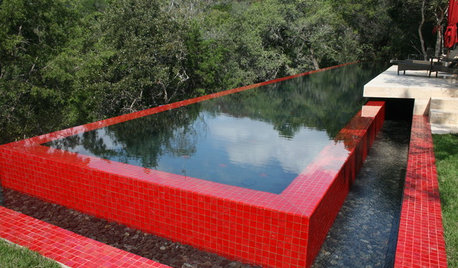
DECORATING GUIDESCelebrate the Year of the Dragon with Water and Red
Welcome the Chinese New Year with photos featuring the legendary dragon's power and the color of luck
Full Story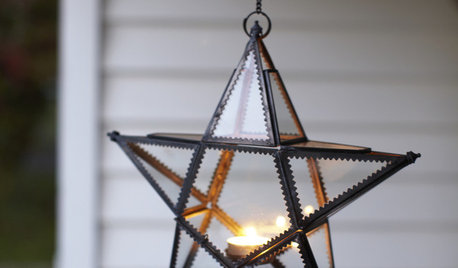
PRODUCT PICKSGuest Picks: Good Luck in the New Year
20 cheerful symbols of luck represent good fortune in 2012
Full Story0

FURNITUREUse Wicker and Rattan for a Tropical Flavor All Year Round
Find out more about what separates — and unites — these classic materials
Full Story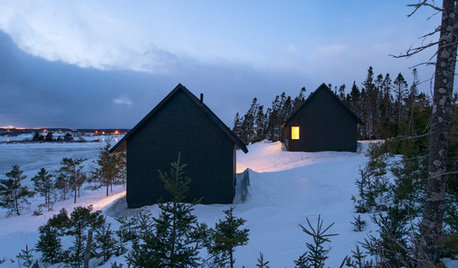
ARCHITECTUREDesign Workshop: A Recipe for Inspiration in the New Year
Attention to craft, humble materials, mystery and more will influence my architecture work in 2015
Full Story
COLORLive Boldly: Unique Materials and Bright Colors This Year
A splash of vibrant paint or a swath of eclectic tilework infuses a home with personal style
Full Story
The Faux Fireplace: A Year-Round Home Accessory
The warm look of a hearth, no chimney required
Full Story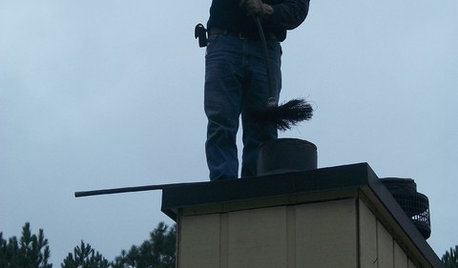
HOUSEKEEPING12 Steps to a Safe, Cozy Home for a New Year
From smoke detectors to furnace filters, let January 1 be a reminder of some must-dos around the house
Full StoryMore Discussions






Paul_Donovan
plantladyco
Related Professionals
Hershey Landscape Architects & Landscape Designers · Horsham Landscape Architects & Landscape Designers · Finneytown Landscape Architects & Landscape Designers · Apollo Beach Landscape Contractors · Concord Landscape Contractors · Damascus Landscape Contractors · Los Banos Landscape Contractors · Nutley Landscape Contractors · Painesville Landscape Contractors · Pleasant Grove Landscape Contractors · Wichita Siding & Exteriors · Barrington General Contractors · Jackson General Contractors · North Tustin General Contractors · Troutdale General Contractorsstimpy926
Dswan
lazy_gardens
xanadu
sagebrushred
lazy_gardens
cnm7
lahdogmom
animas
Fireraven9
lindanc
stripedone
riccio